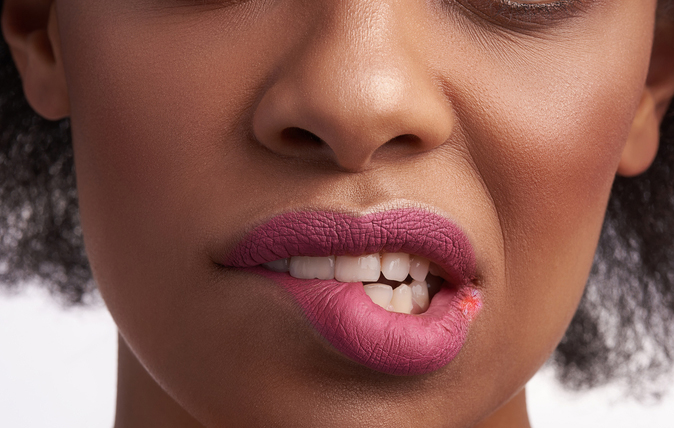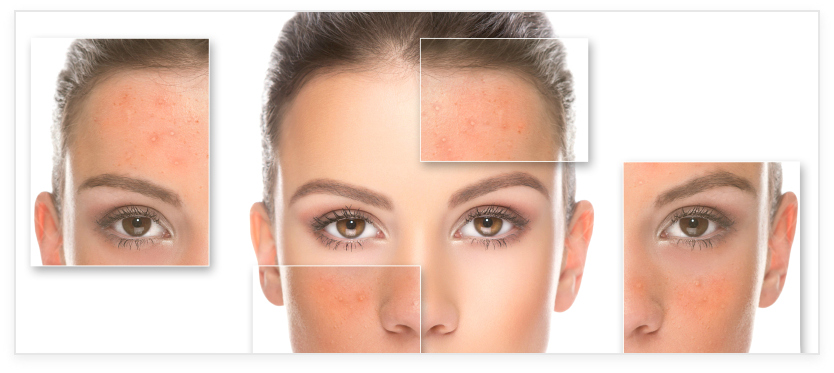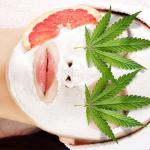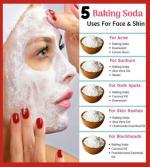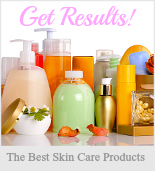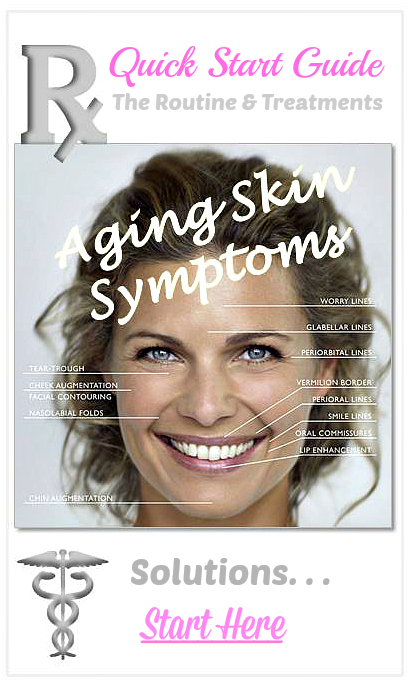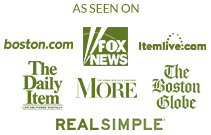- Home
- Skin Care Articles
- Treating Cold Sores
Treating Cold Sores
quickly and effectively heal cold sores
Article contributed by Author John Moore, Researcher
Effectively treating a cold sore isn't really a big mystery.
You can feel it coming on!
The feeling is unmistakable!
Cold sores bring that familiar, uncomfortable tingling sensation before they appear on the surface.
When that dreaded tingle starts, you know that it's the going to be the start of another sore.
Those that are prone to cold sores have gone through this routine often enough to know this is the first warning symptom.
First it gets red, then that itchy tingly area puffs out into a big, painful, weepy sore.
Cold sores are caused by the herpes simplex virus.

What exactly is a cold sore?
Cold sores, (herpes labialis), are small, fluid-filled blisters that typically develop on the lips or skin around the mouth, nose and chin.
They are caused by the herpes simplex virus (HSV).
The herpes virus is transmitted through direct contact. In particular, cold sores are regarded as a highly contagious form of the herpes simplex virus infection.
People are usually infected with HSV in childhood or as a young adult.
Once infected, there is no cure. It persists for life. Although approximately 90% of all adults have HSV, only 34%of those infected ever experience symptoms.
The herpes simplex virus spreads between people, usually through contact with saliva or direct contact with a blister.
The most infectious time is in the first few days when the blister is forming. Sometimes, people can pass the virus to others when they have no symptoms. This is because the virus may be lying dormant in the skin cells of the lips.
What can you do about it?
Be proactive about treating cold sores.
Treating cold sores starts at the very first sign of tingling, sensation, pain or irritation. Begin applying medication immediately to help prevent the sore from
developing.
If you can catch it early, it is possible to prevent the blisters,
or at least reduce the severity and duration of the episode. Be sure to keep the cold sore area clean and dry especially since sores usually recur in the same place.
Pro Tip
Be aware of triggers that may cause an outbreak of cold sores, including:
- Illness such as a cold or flu
- Sunlight
- Exposure to windy conditions
- Fatigue
- Hormonal changes, such as the menstrual period
- Emotional or physical stress.
Triggers of cold sore outbreaks vary significantly from person to person.
The trigger(s) that causes cold sores to appear for one person may not be the same for
another. It's important to figure out your likeliest cold sore triggers so you
can avoid them, or at least manage symptoms more quickly and effectively when
they occur.
Cold sores are a symptom of ongoing infection rather than a new infection.
Follow these steps to treat cold sores effectively:
Replace Your Toothbrush
Your toothbrush can hold the herpes virus for days, reinfecting you after the present sore heals. Get rid of your toothbrush as soon as a cold sore starts, and after your cold sore has gone, replace your toothbrush again.
Disinfect your toothbrush after each use and stored your toothbrush in a clean, dry place.
Use Small Tubes Of Toothpaste
Toothpaste can transmit disease too, so if you use smaller tubes, you'll avoid the risk of perpetuating activating the virus.
Treat Immediately with an Over-The-Counter Medication
There are numerous products that claim to heal cold sores. In general, they contain some emollient to reduce cracking and soften scabs, and a numbing agent like phenol or camphor. Phenol may have some antiviral properties, and it's possible that it could kill the virus.
Treat It With Zinc
Several studies have shown that a water-based zinc solution applied the minute you feel that tingling, will help with treating cold sores and speed the healing time.
The zinc crosslinks with the DNA molecule of the herpes virus and prevent the double helix from splitting, this means the virus can't get the DNA to help it replicate. Zinc gluconate, available at health food stores, is kinder to the skin than zinc sulphate.
Protect With Petroleum Jelly
Cover your cold sore with petroleum jelly. Be sure not to dip back into the jelly with the same finger you used to touch your sore. Use a cotton Q-Tip instead.
Zap it with a Red LED Light Device
A relatively newcomer to the cold sore treatment arena is LED light therapy. These devices emit medically optimized infrared LED light wavelengths that work to kill the virus where it originates below the surface of the skin.
Since everyone is different, Test out each strategies and/or combination of the above to determine which works best for you.
Author:
John Moore also authors a website where he shares information about treating cold sores at acne-information-guide.com.
